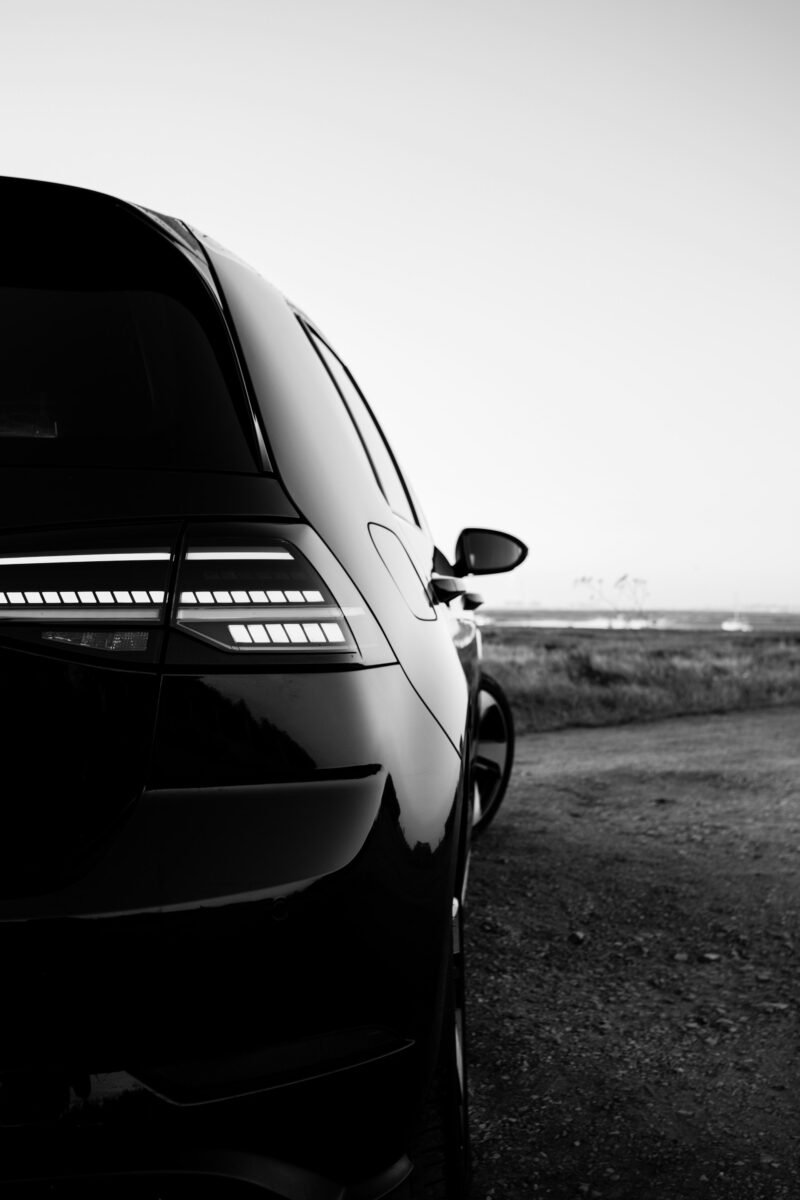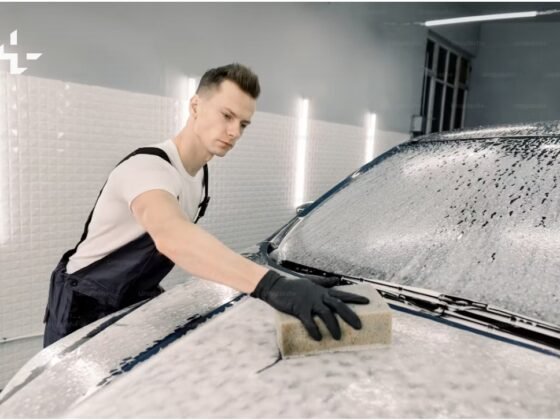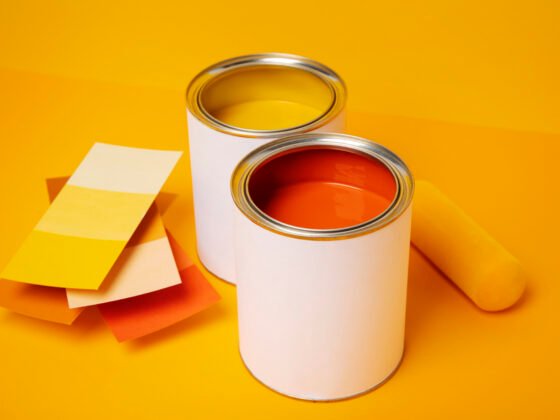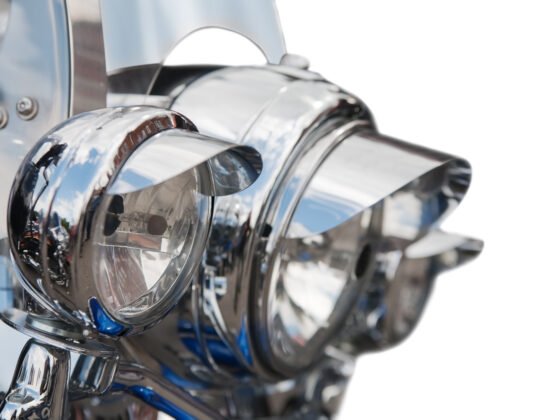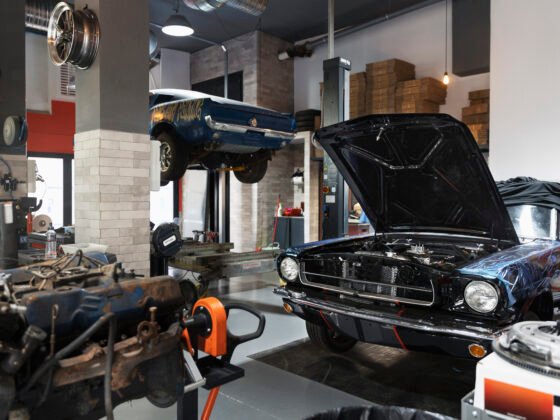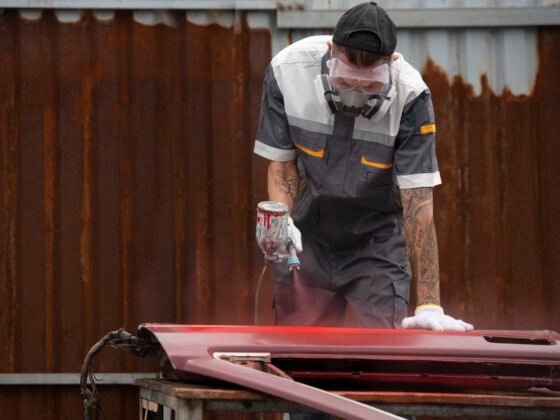When it comes to choosing a color for your vehicle, white automotive paint remains a popular choice across the board. From everyday sedans to high-end luxury cars, white paint brings a clean, classic look that appeals to many. Beyond aesthetics, white automotive paint has functional benefits that make it a standout choice for vehicle owners.
In this article, we’ll cover the key benefits of white automotive paint, the different types available, and tips for maintaining that fresh, pristine look.
1. Why Choose White Automotive Paint?
A Timeless Appeal
White is a versatile color that has remained popular over the decades. It’s classic, timeless, and exudes sophistication. White paint looks just as stylish on a luxury car as it does on a family SUV, making it a versatile choice.
Heat Reflection
White paint is known for its ability to reflect sunlight, which helps keep your car cooler, especially in warmer climates. Darker colors tend to absorb more heat, which can make the interior feel hot and uncomfortable. A white car may reduce the strain on your air conditioning system, potentially saving fuel.
Easier to Maintain
While some may believe that white is hard to keep clean, it actually hides dust and minor dirt better than darker colors, which often show every speck. White paint is less likely to show small imperfections and light scratches, making it a practical option for those who want their vehicle looking fresh with less frequent washing.
Higher Resale Value
White is one of the most in-demand colors for resale, especially in regions with high temperatures. Buyers often find white cars appealing for both aesthetic and functional reasons, which can increase your vehicle’s resale value.
2. Types of White Automotive Paint
Not all white paints are the same. When you’re looking to repaint your car or buy a new one, it helps to know the different types of white automotive paints available.
1. Solid White Paint
Solid white paint is a simple, non-metallic option. It has no special reflective particles, making it cost-effective while providing a clean, classic look. Solid white is commonly used on affordable and practical vehicles due to its straightforward application process and ease of repair.
2. Pearl White Paint
Pearl white paint, also known as metallic or pearlescent paint, has reflective particles mixed in, giving it a unique sheen that changes with lighting angles. Pearl white adds a premium feel to the car, often chosen for luxury vehicles. The paint reflects light, providing a subtle shimmer and depth, but it does come at a higher cost due to its more complex application process.
3. Matte White Paint
Matte white paint offers a unique, non-glossy finish that gives vehicles a distinct, modern look. Matte finishes require specific care to maintain their appearance, as they can be more prone to showing fingerprints, scratches, and smudges. However, matte finishes are increasingly popular for those who want their car to stand out.
3. The Application Process
Primer and Base Coat
To achieve a flawless white finish, a primer is applied to prepare the vehicle’s surface. After the primer dries, the base coat is added. The base coat is the actual color and sets the foundation for the final appearance. White automotive paint may require multiple layers to ensure even coverage.
Clear Coat
A clear coat is then applied over the base coat to protect it from UV rays, scratches, and oxidation. This layer also enhances the paint’s shine, giving your car that new-car gleam. A high-quality clear coat is essential for any white paint finish as it ensures longevity and durability.
4. Maintaining White Automotive Paint
White paint may hide some dust and light dirt, but it does require upkeep to maintain its brightness and luster. Here are some tips for keeping your white car looking its best.
1. Wash Regularly
Regular washing is essential to keep your white paint clean and bright. Dust, dirt, and bird droppings can accumulate and dull the finish. Wash your car at least once every two weeks, using a pH-balanced automotive soap to avoid damaging the paint.
2. Use a Clay Bar
Clay barring your car helps remove contaminants that are embedded in the paint. This step is particularly useful for white cars, as contaminants can cause discoloration over time. Use a clay bar every few months for a deeper clean.
3. Apply Wax or Sealant
Waxing adds a protective layer over the paint, enhancing its shine and making it easier to clean. A good wax job also provides a barrier against UV rays, pollution, and road debris. You can also opt for paint sealant, which offers longer-lasting protection than traditional wax. Wax or seal your white car at least twice a year.
4. Protect from Sun Exposure
Though white paint reflects heat better than darker colors, prolonged sun exposure can still cause fading. Whenever possible, park in the shade or use a car cover. If you’re looking for added protection, consider applying a ceramic coating for superior UV resistance.
5. Use Proper Cleaning Materials
To avoid scratches, use microfiber towels when washing and drying your car. Sponges or rough cloths can leave micro-scratches, which over time dull the shine of your paint.
6. Address Stains Promptly
White paint can stain if exposed to certain materials for extended periods. Watch for tree sap, bird droppings, and other contaminants that can etch into the clear coat. Clean any such debris off as soon as you notice it.
5. White Paint and Eco-Friendly Options
With advancements in automotive paint technology, there are now eco-friendly, water-based white paints available. These paints are less harmful to the environment and reduce volatile organic compound (VOC) emissions during application. Choosing environmentally conscious white paint options can contribute to a greener planet without compromising on quality or appearance.
Final Thoughts
White automotive paint offers numerous benefits, from timeless style to functional advantages like heat reflection and easier maintenance. Whether you prefer a simple solid white, a luxurious pearl, or a trendy matte finish, there’s a white paint option suited to your style and budget.
While white paint is easier to maintain in many respects, proper care is essential for keeping that crisp, clean look. With regular cleaning, protection, and mindful maintenance, your white car can look fresh and polished for years to come.
